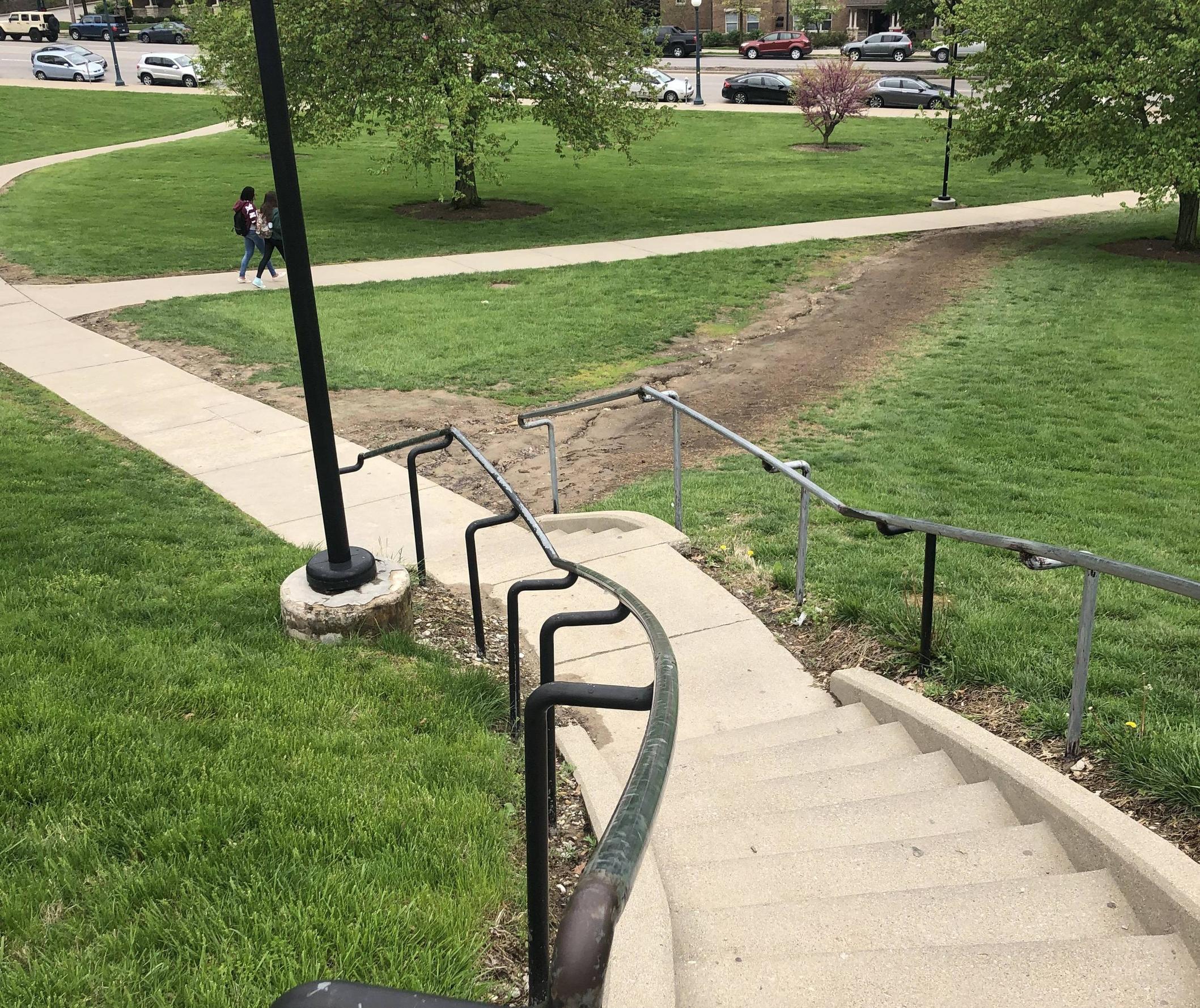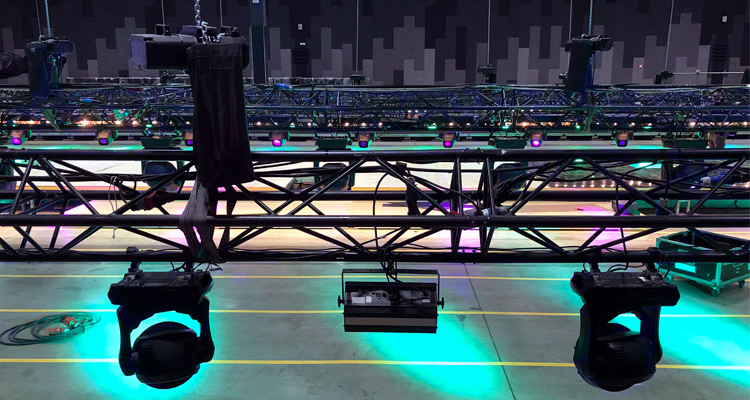Desire Paths: Hidden Opportunities for Improvement
You have most likely run across one of these pictures posted on social media, showing a high-end corporate campus or university with an engineered walkway through a large expanse of grass that is marred by a dirt trail worn through the landscape as a shortcut. It’s just as likely that you’ve seen these in real life, or perhaps have taken or blazed a trail like this yourself in the past.

These are called “desire paths,” as they show the difference between a designed route and a desired one.
The truth is that these desire paths aren’t unique to landscape and wayfinding. They can emerge in all sorts of places, and although they may not manifest a dirt walkway, they express the same thing — a dissent from what was designed.
Imagine you walk into a conference room you designed for a client about a month after its first use, and there, next to the touch panel representing thousands of dollars in hardware, UI development and programming hours, are the remotes to the items in the room. What is your first thought?
Many technologists will immediately assume that the team using the room needs more or better training. They’d blame the users. Another large contingent would say that there is likely something wrong with the hardware and/or the programming. They’d blame the hardware or the code. But there is, in fact, a third option: the system is not intuitive to use — it could be bad design.
The remotes on the table are the workaround, the desire path the users have worn into the room to accomplish the desired task in the way they are most comfortable doing so. Designers rarely blame their own designs for poor adoption. Instead, they look to hardware failures and bugs in code (which, to be fair, do happen) or to user error or poor training. However, according to Don Norman, author of “The Design of Everyday Things,” even user error is commonly a symptom of poor design.
Desire paths emerge when systems aren’t being used as intended. Instead of seeing this as user error or a failure in training, we need to see this as an opportunity to improve our user experiences.
This is also why long-term relationships with customers are key. As partners, we should build in reviews at 30, 90 and 180 days after installation to offer adjustments and gather feedback. This not only allows for preventative maintenance but assures that the system meets the customer’s expectations during use and not just at the time of handover. This approach fosters trust and deepens the business relationship while helping the client maximize their technology ROI, which means the chances of repeat and referral business go up exponentially.
The next time you see a stray HDMI cable dangling from a display in a room with wireless screen sharing or a ceramic whiteboard being installed next to the interactive display you just sold your client, ask, “Is this a desire path?” If so, how can you use that data to design better systems?




